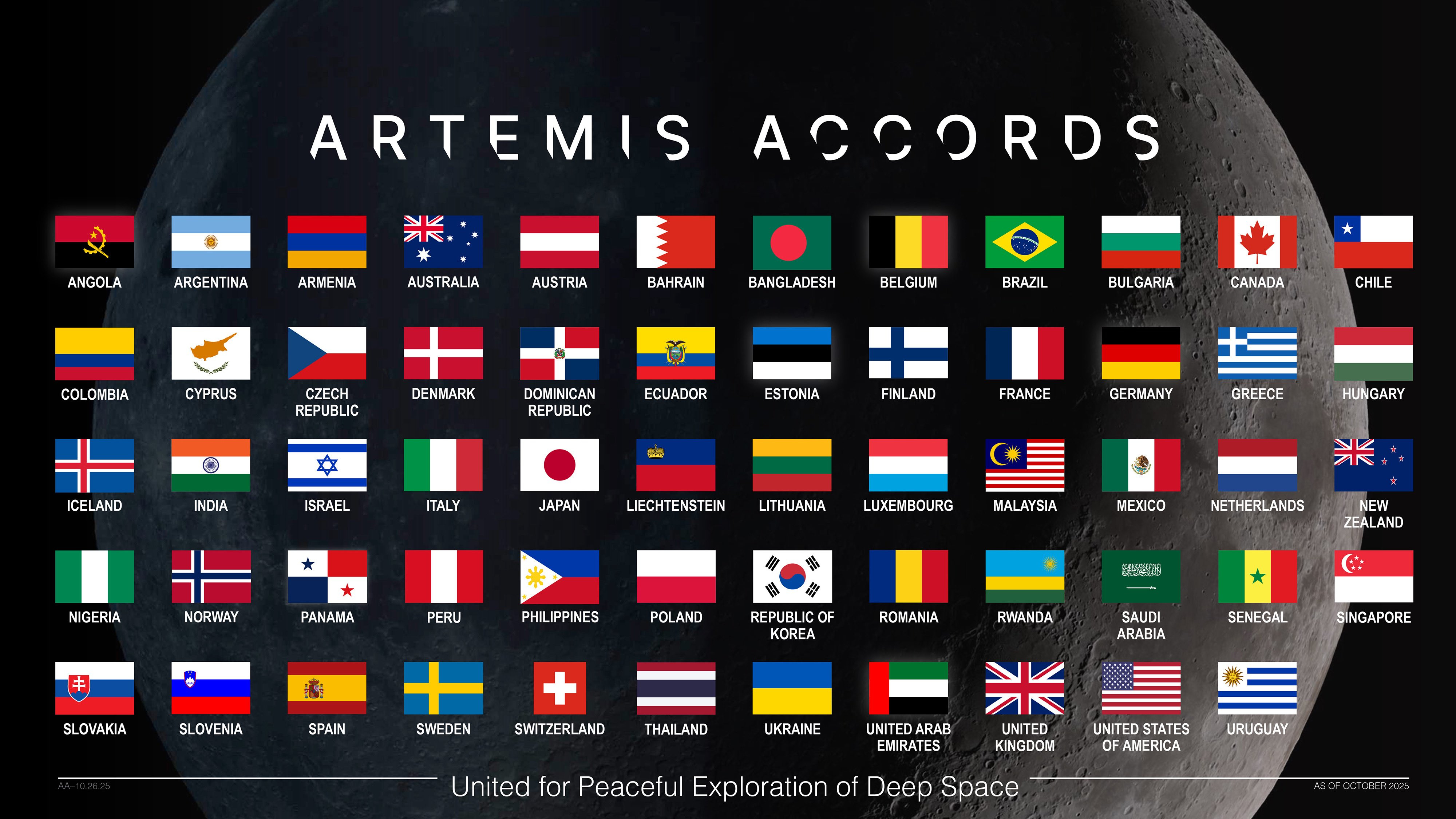ESA Looks East for Future Space Cooperation
European governments have tentatively decided to go it alone in developing a Mars rover after concluding that a cooperative effort with NASA is impossible given today's U.S. technology-transfer laws, according to European government officials.
Whether these governments will decide to finance the rover, whose costs are estimated at around 600 million euros ($756 million), will not be known until December, when European Space Agency (ESA) government ministers are scheduled to meet to decide the size and shape of ESA's future programs.
But as ESA sketches its longer-term space-exploration effort, called Aurora, the agency is gradually coming to the conclusion that the U.S. legal regime known as ITAR -- International Traffic in Arms Regulations -- will foreclose whole categories of trans-Atlantic cooperative efforts in space exploration.
They are discovering what their counterparts in Europe's space-science program also have learned in recent programs: What was once normal business with NASA is no longer possible.
"It's a shame, but it's not for me to comment on U.S. law, only to note its effects, and for the rover, ITAR would have made cooperation too complicated to be feasible," said Daniel Sacotte, head of ESA's Human Spaceflight program. "We are now obliged to develop our autonomy in various areas, which is no bad thing. We are fully capable in Europe of developing these technologies. We may also find partners besides NASA."
ITAR rules were designed to protect militarily sensitive U.S. technologies from falling into the hands of U.S. adversaries. But U.S. allies are also subject to them, even in cases in which the law's application seems to have escaped the bounds of its intent.
Parachute systems, for example, and more broadly any entry, descent and landing technology, are covered by ITAR regulations, as are satellites and many satellite subsystems.
Breaking space news, the latest updates on rocket launches, skywatching events and more!
ITAR regulations also are finding their way to the international space station, which is managed by NASA and includes substantial participation by Russia, Europe, Japan and Canada. These nations signed a treaty-level document called the Intergovernmental Agreement, which sets out each partner's rights and responsibilities, and governs relations in the station's operation.
The agreement was signed before ITAR went into effect in 1999, and the partners are debating whether the treaty takes precedence over ITAR, or whether ITAR should now govern the station partners' relations.
ESA's Human Spaceflight program board, meeting May 24-26 in Graz, Austria, did not settle on a European response to ITAR as it might apply to the space station.
The board suggested a series of priorities for ESA to follow for space exploration, both manned and unmanned. That includes the Mars rover, which would be launched by a Russian-built Soyuz rocket in 2011 or 2013 from Europe's Guiana Space Center, where Soyuz will be used starting in 2007. The other main funding categories agreed to by the program board included the use of the space station, which for Europe includes the occasional launch of the Automated Transfer Vehicle unmanned cargo carrier, and the operation of Europe's Columbus astronaut laboratory.
As has been the case since the Columbia shuttle loss in February 2003, ESA's space station plans are on hold until the shuttle returns to flight. The shuttle will launch Europe's Columbus laboratory.
With the Mars rover effort now less likely to be conducted internationally, and given the running costs of the space station for the next decade, ESA's Human Spaceflight and Aurora programs have little money left for anything else.
Even so, agency officials want to start design studies on a future crew-carrying vehicle so that if a NASA-led exploration effort to Mars and elsewhere takes shape, it will not be as dependent on NASA's proposed Crew Exploration Vehicle as the station is dependent on the shuttle.
Up to now, European companies including Alenia Spazio of Italy and EADS Space Transportation of France and Germany have affiliated with U.S. prime contractors for prospective future work on the Crew Exploration Vehicle.
ESA, however, is not affiliated.
"We cannot limit ourselves to subcontractor work by one or another company that may or may not continue through development," said one European government official familiar with the program. "NASA has always excluded international partners from significant work shares on a program like the Crew Exploration Vehicle. We expect that to remain the case. That is why we are looking toward Russia and Japan for a joint program."
Sacotte said Russia's proposed Clipper vehicle could be the basis of a future crew-carrying vehicle that would provide an alternative to the Crew Exploration Vehicle. For now, he said, ESA will propose to its governments in December that they fund a series of design studies, in cooperation with Russia, using Clipper as a starting point.
"We are discussing this with Japan as well," Sacotte said. "What we want to do is to be in a position around 2007 or 2008 to ask our governments to fund a development program. If Clipper turns out to be credible, it could be based on that. Our starting point is that for an international space-exploration program to depend on one craft is too risky."
Join our Space Forums to keep talking space on the latest missions, night sky and more! And if you have a news tip, correction or comment, let us know at: community@space.com.

Charles Q. Choi is a contributing writer for Space.com and Live Science. He covers all things human origins and astronomy as well as physics, animals and general science topics. Charles has a Master of Arts degree from the University of Missouri-Columbia, School of Journalism and a Bachelor of Arts degree from the University of South Florida. Charles has visited every continent on Earth, drinking rancid yak butter tea in Lhasa, snorkeling with sea lions in the Galapagos and even climbing an iceberg in Antarctica. Visit him at http://www.sciwriter.us
